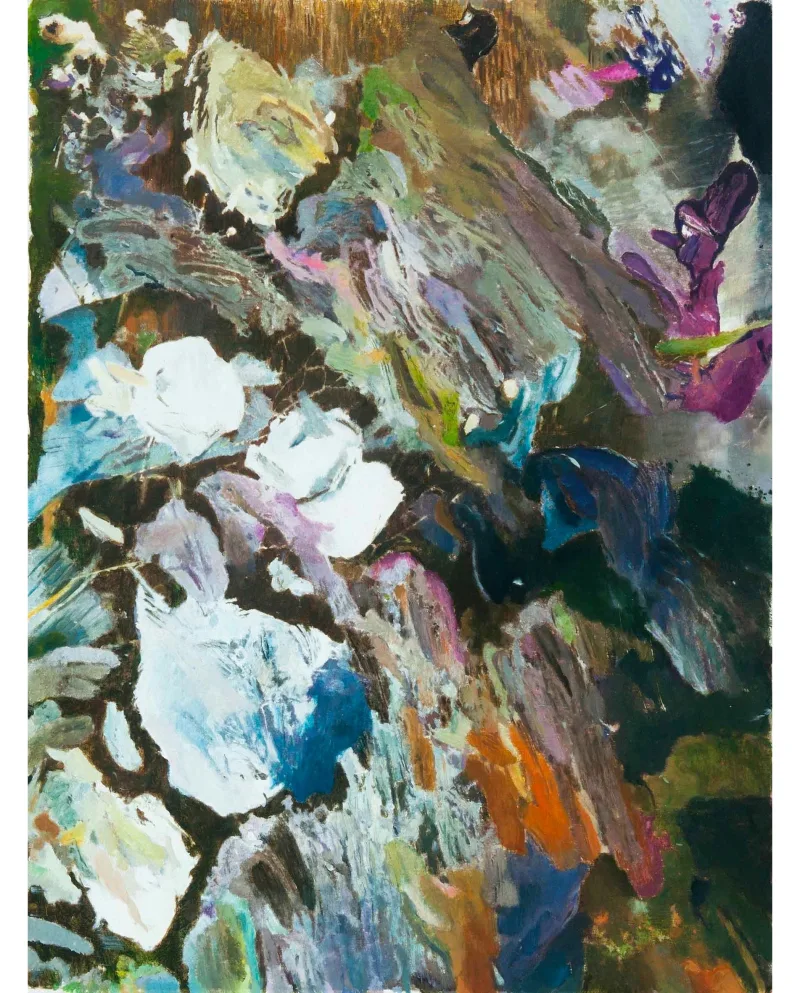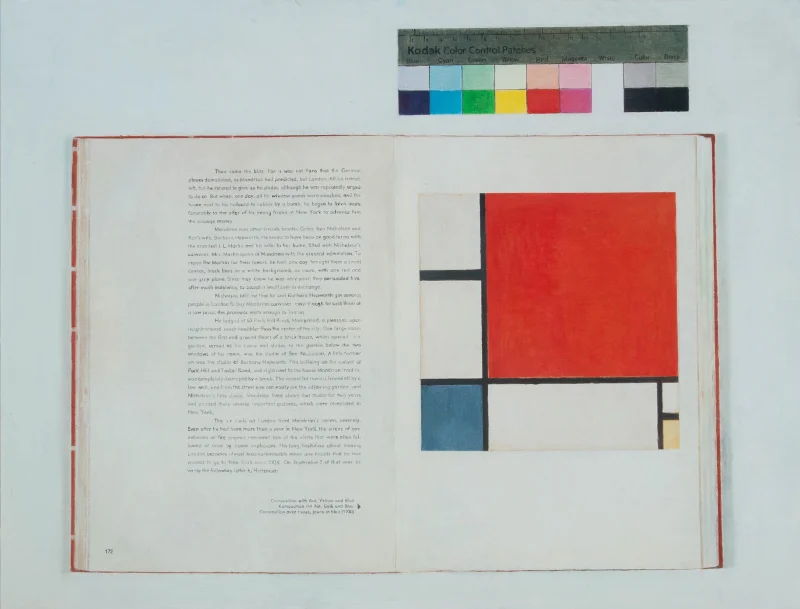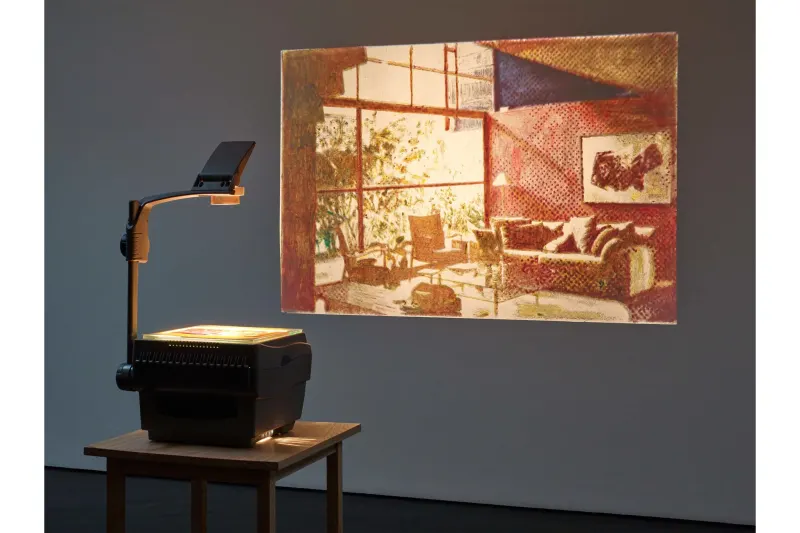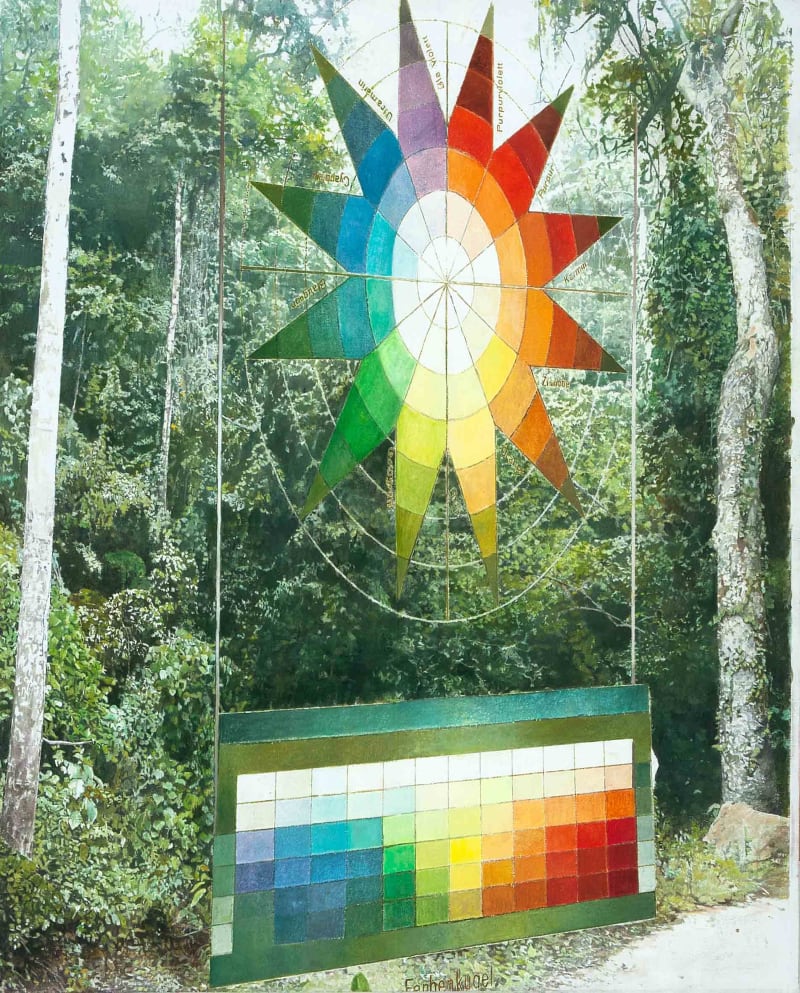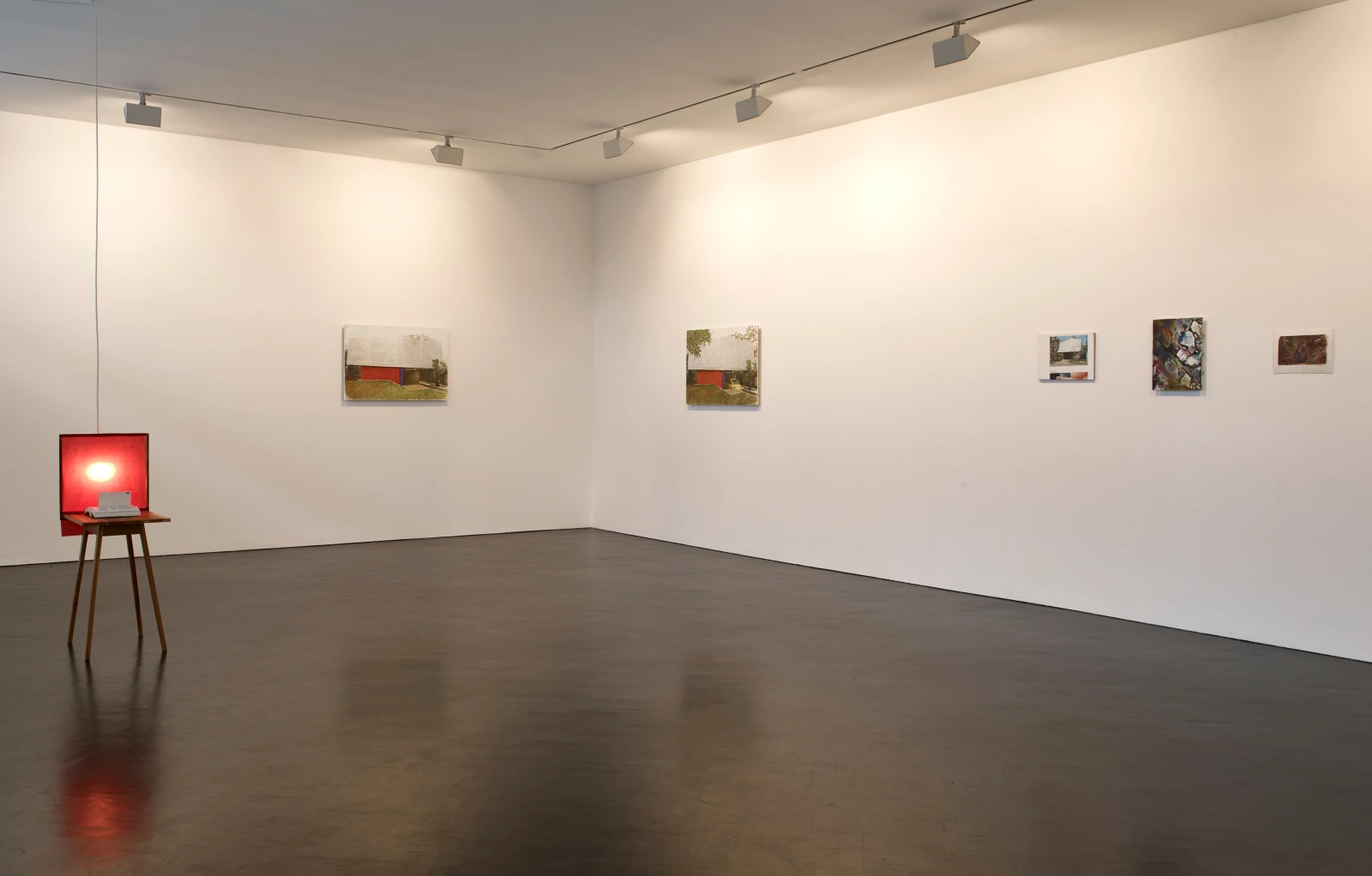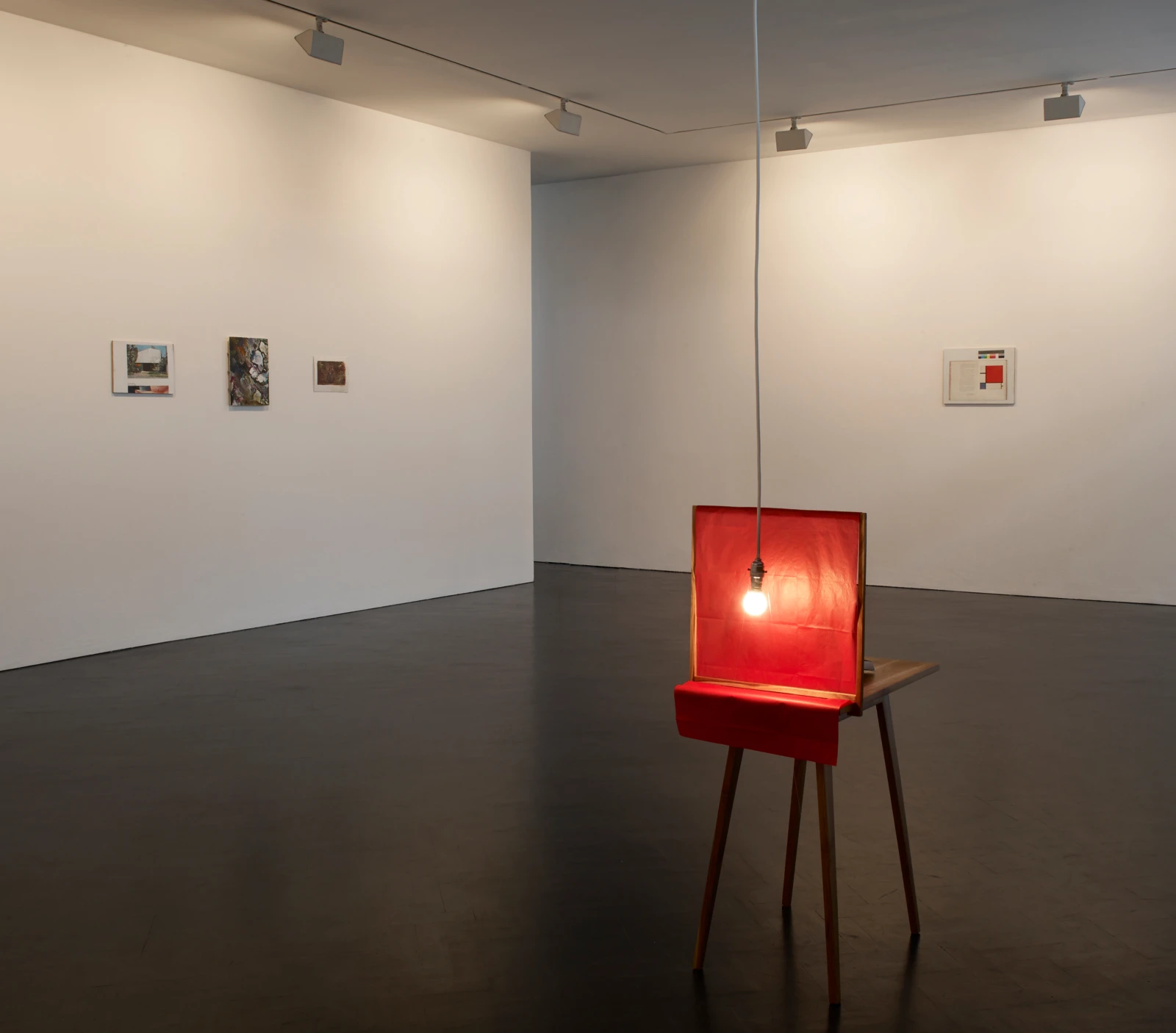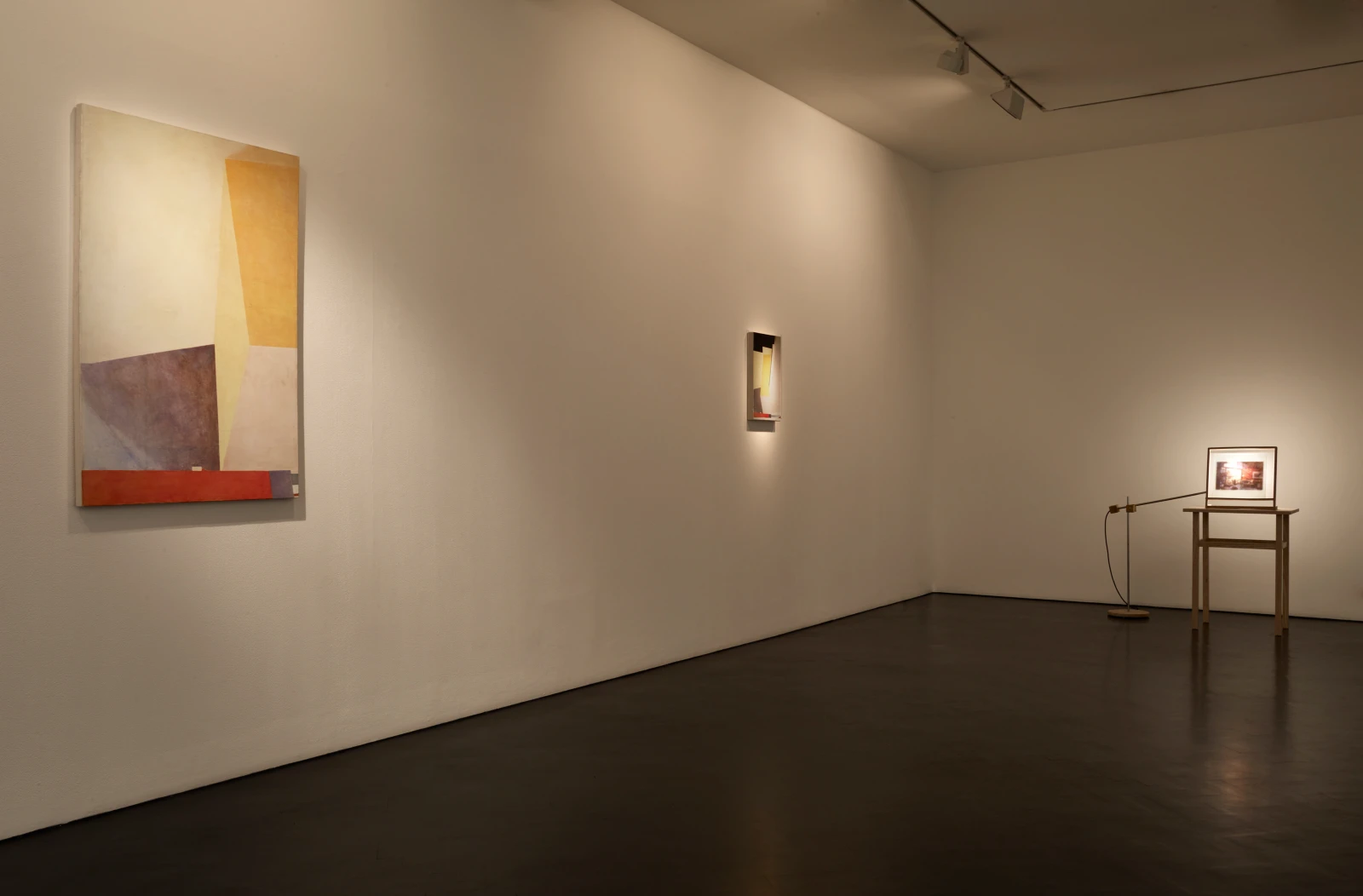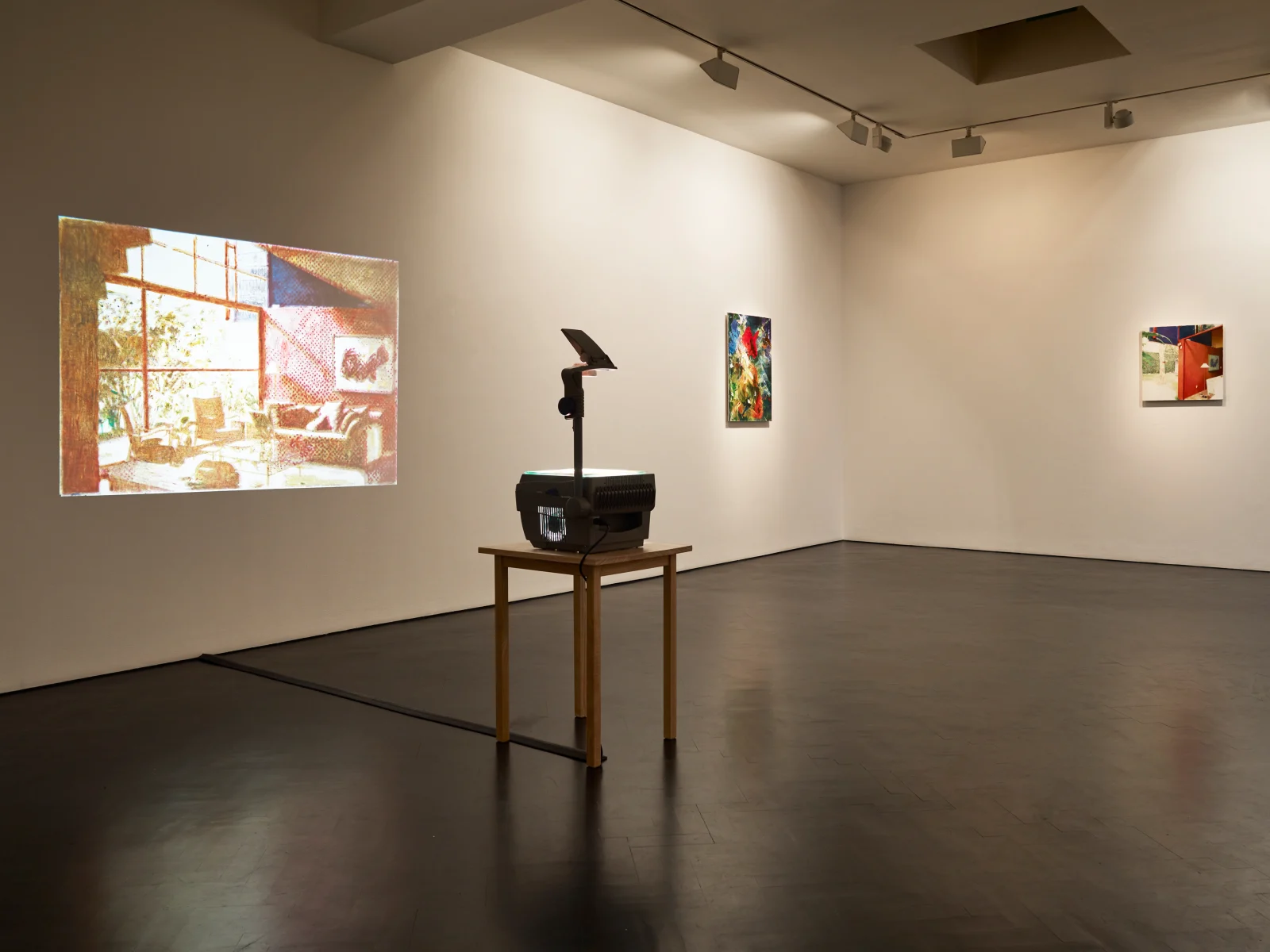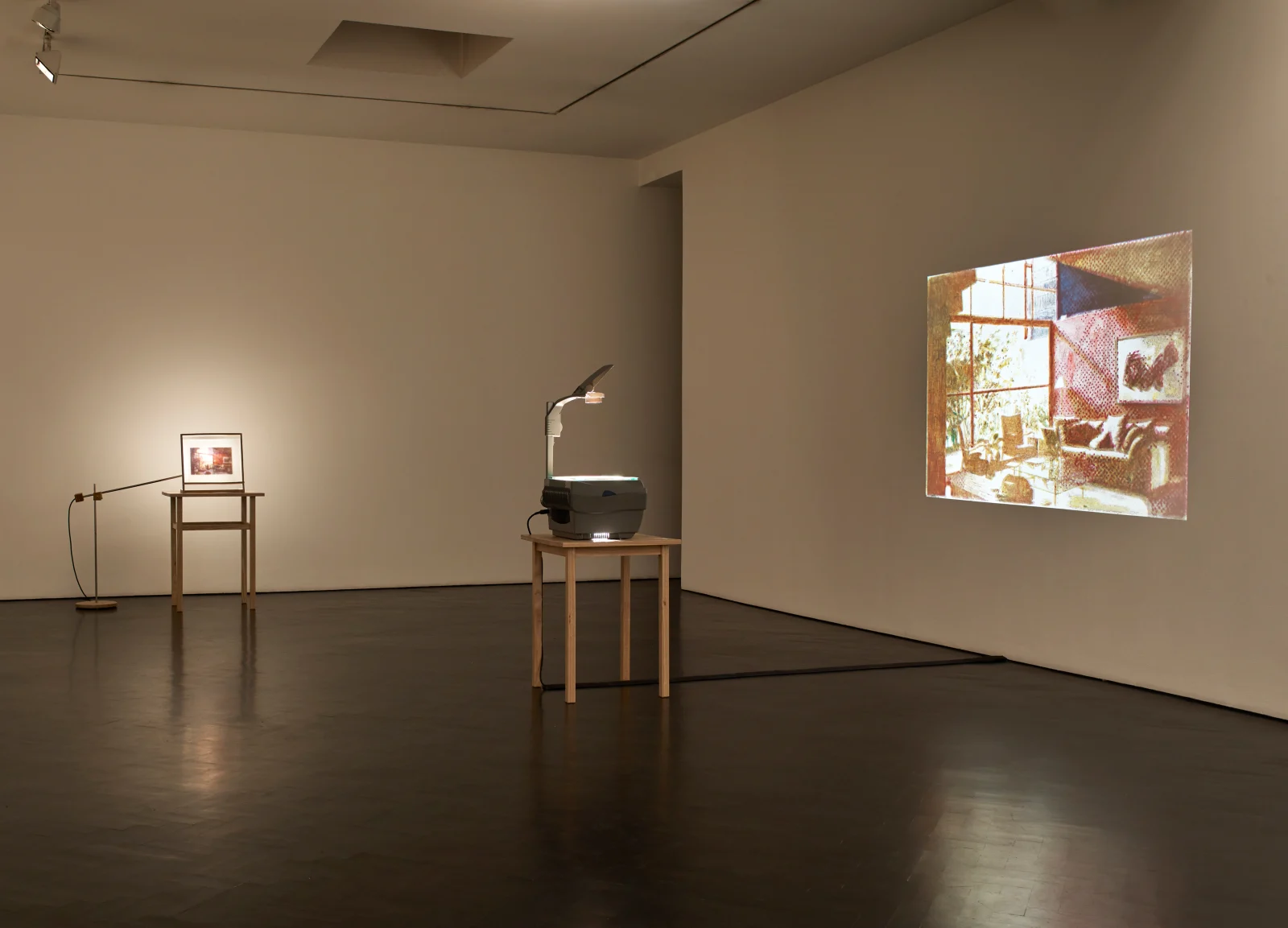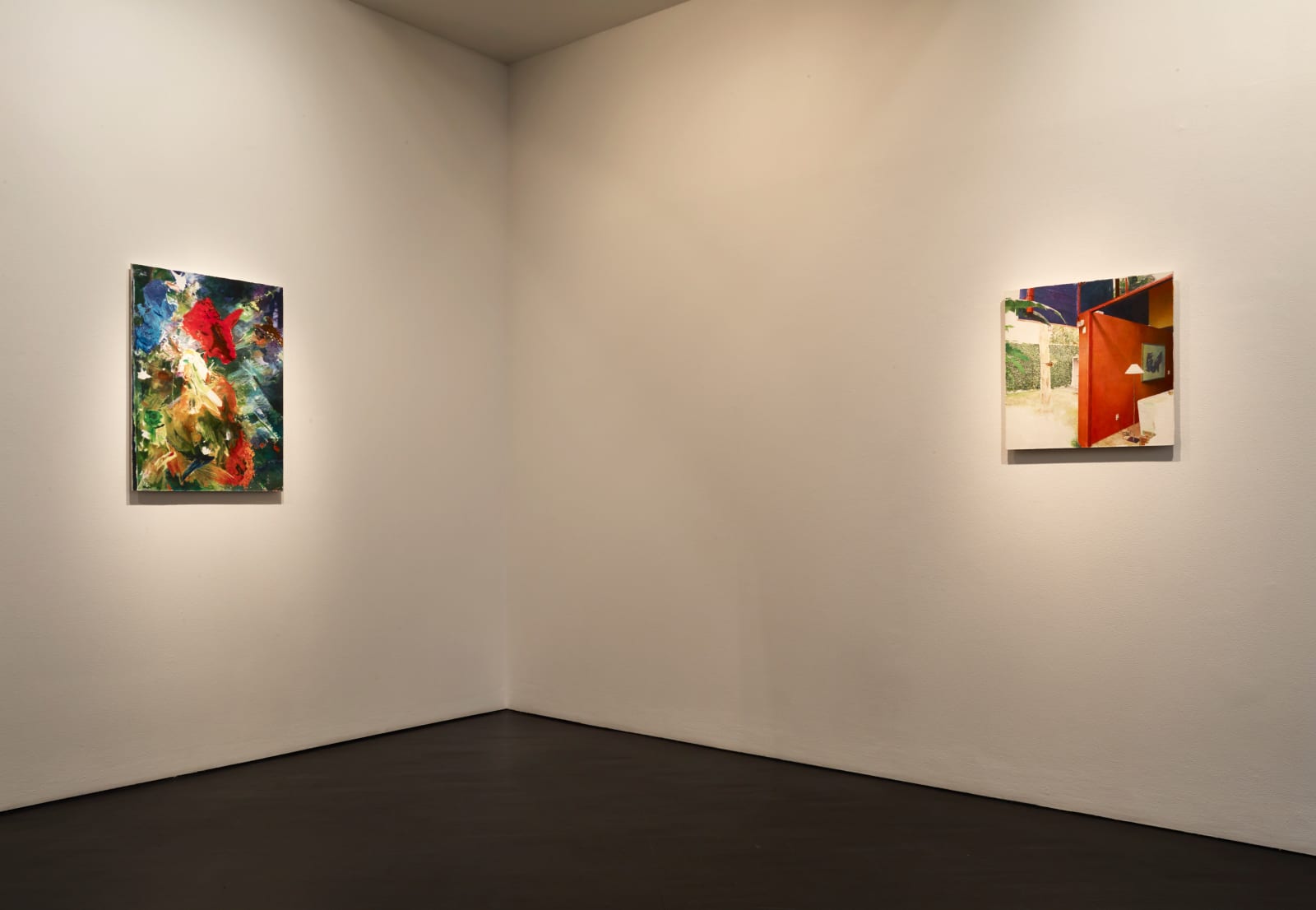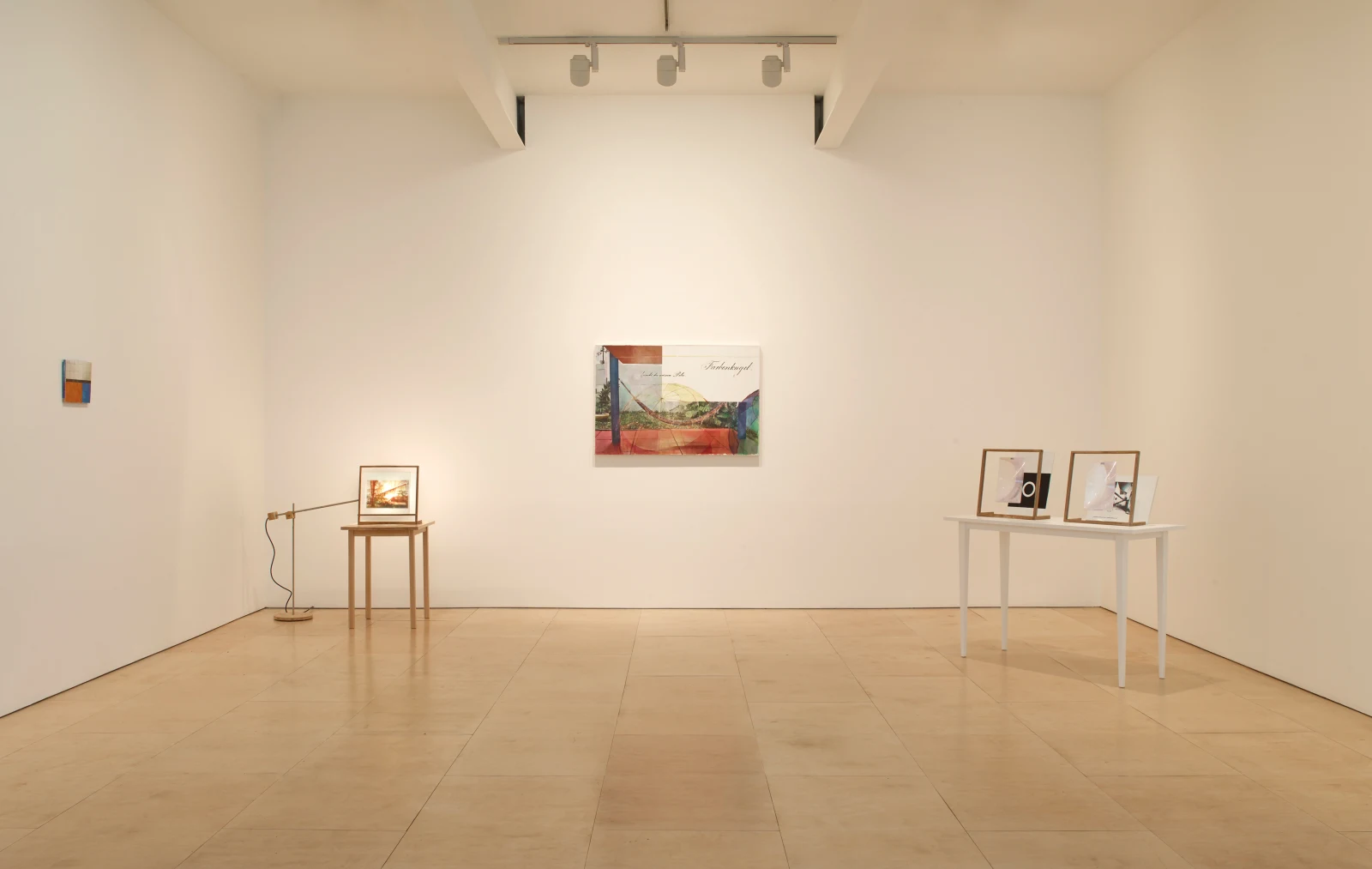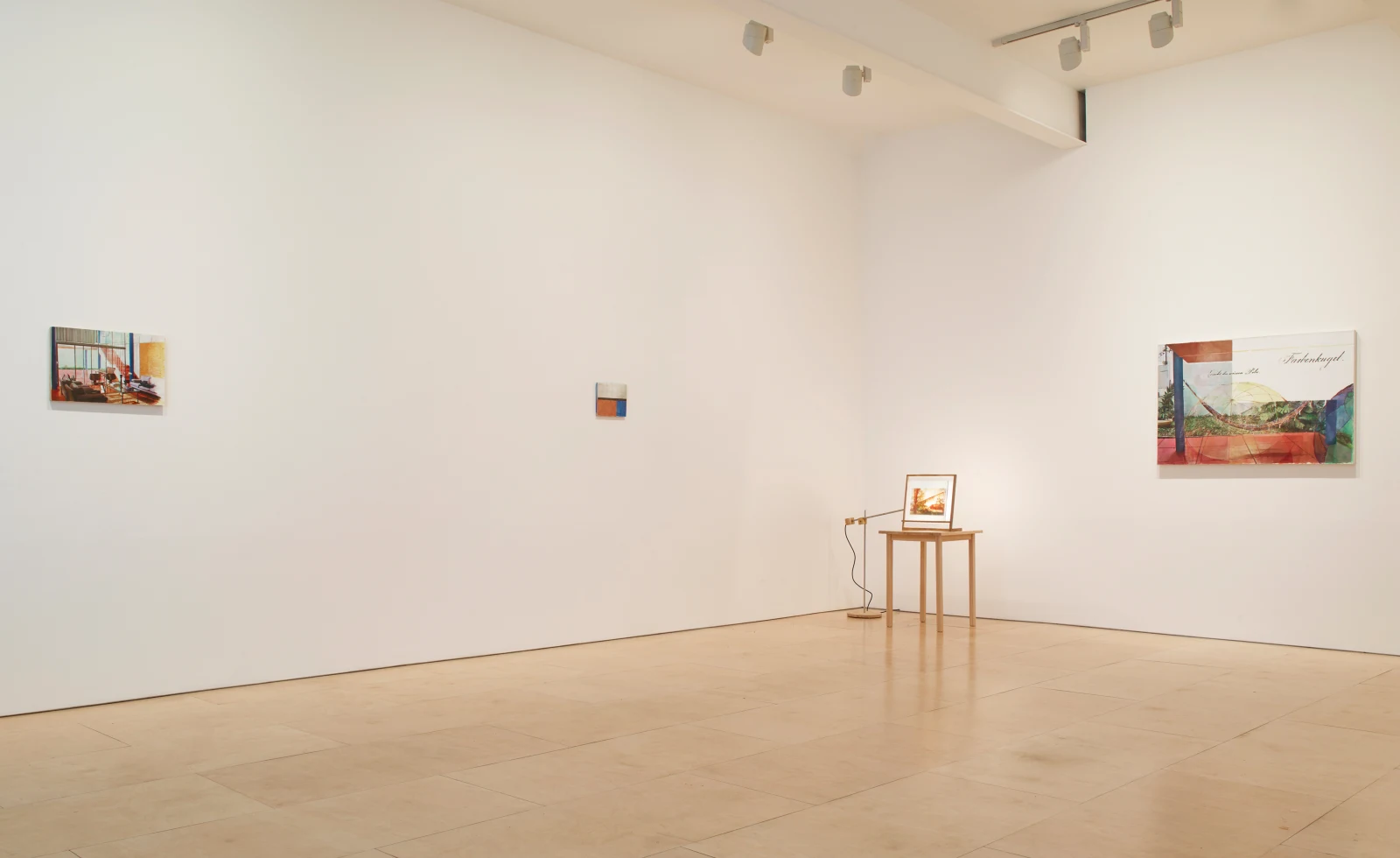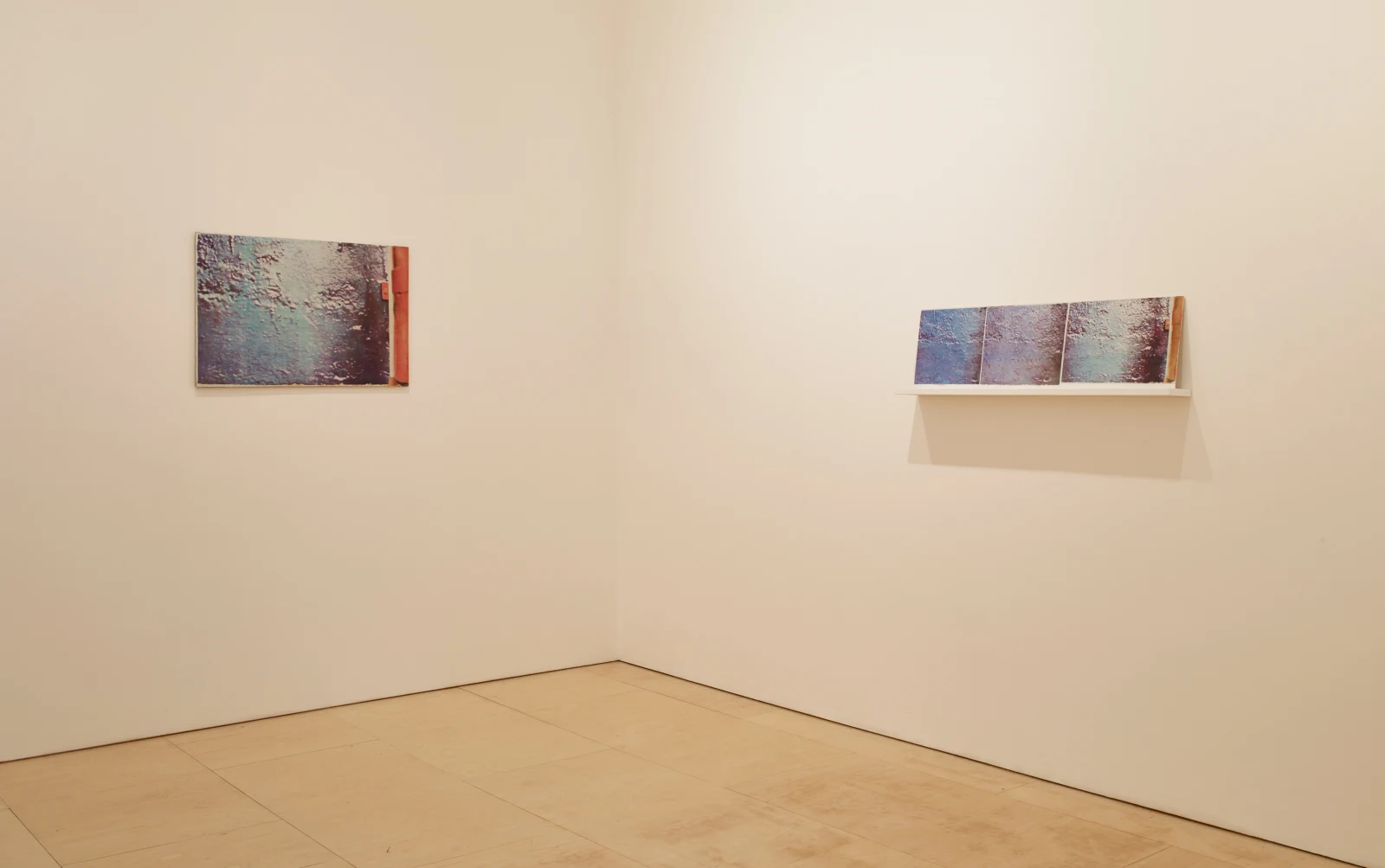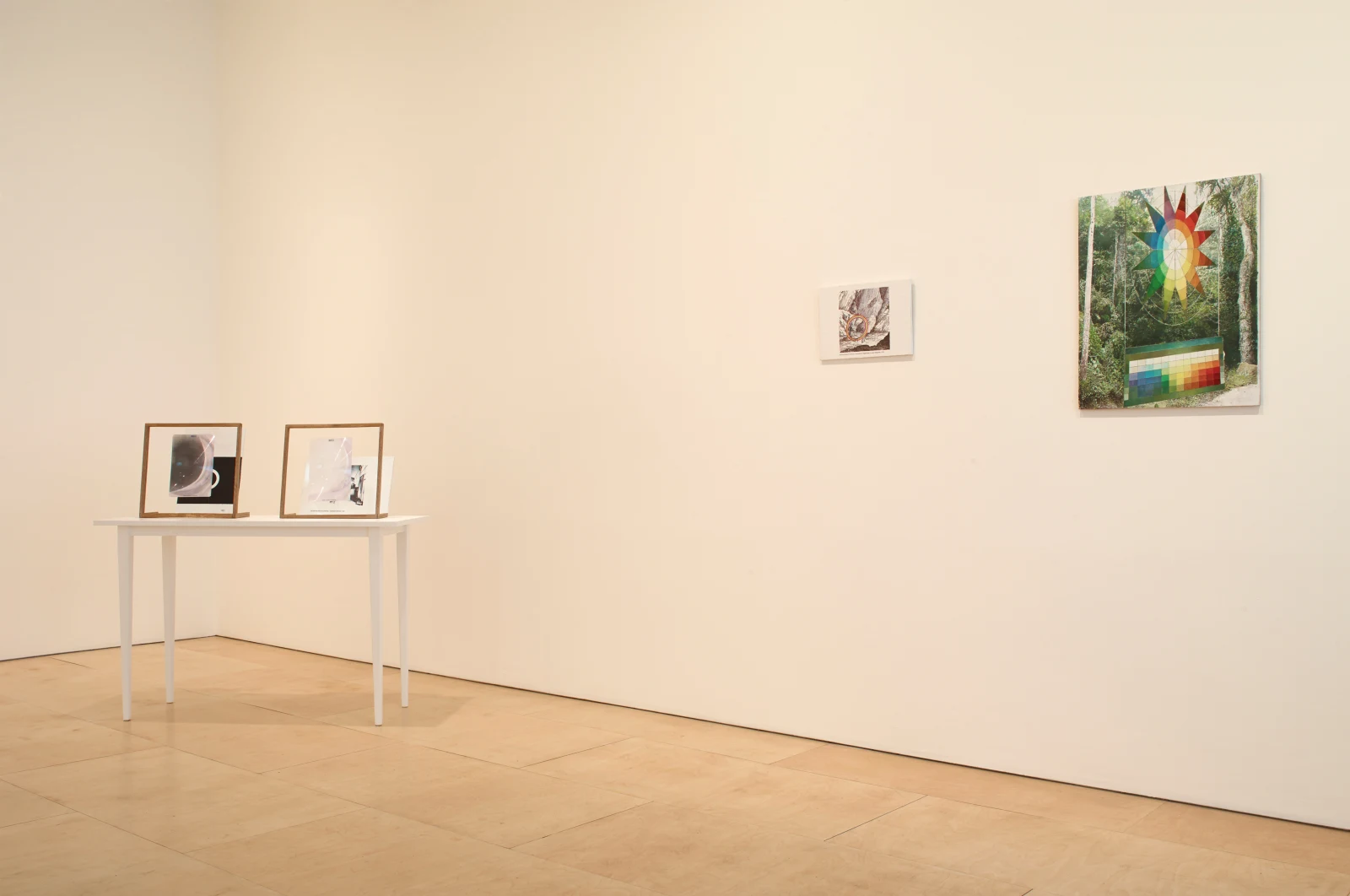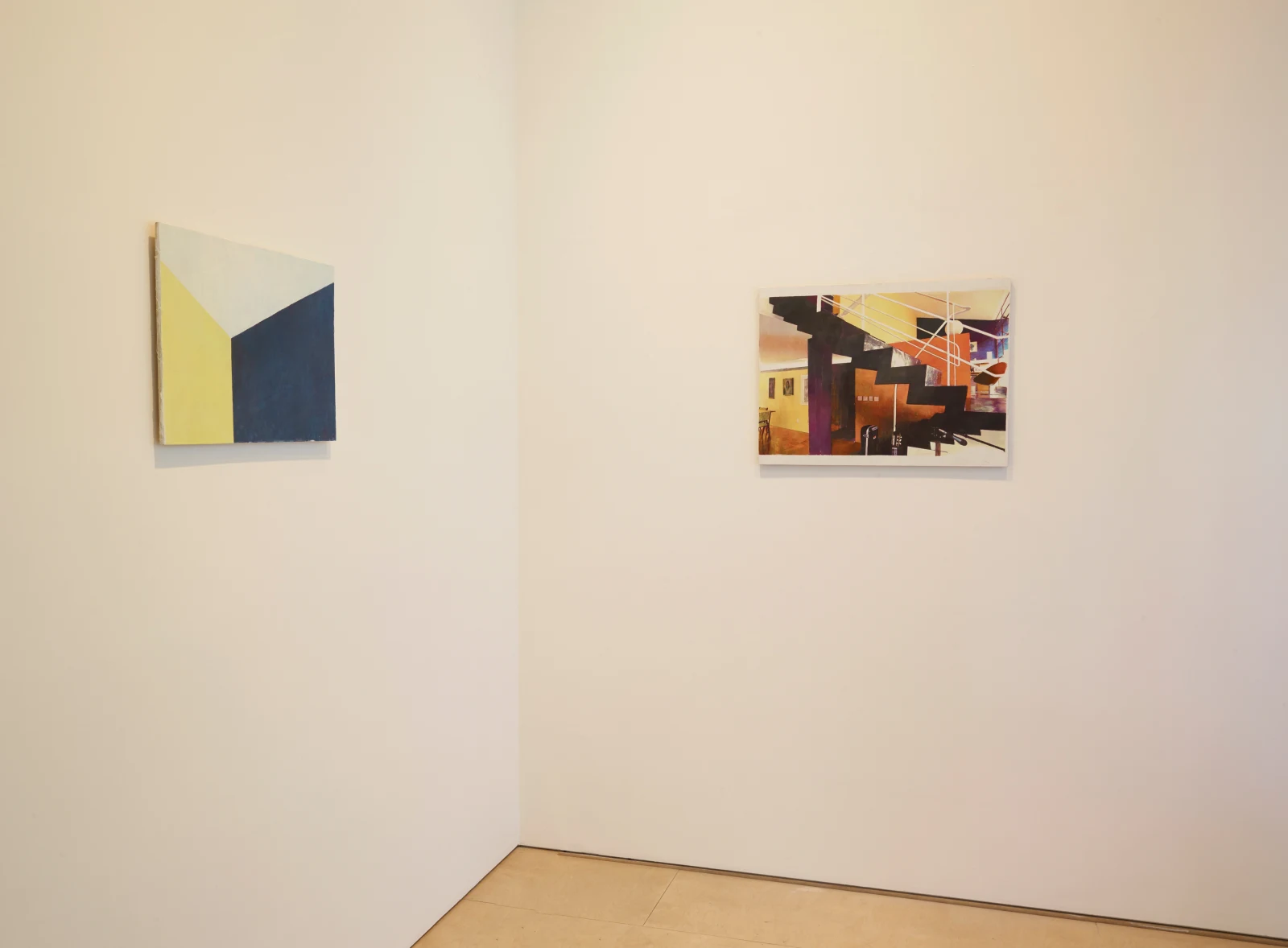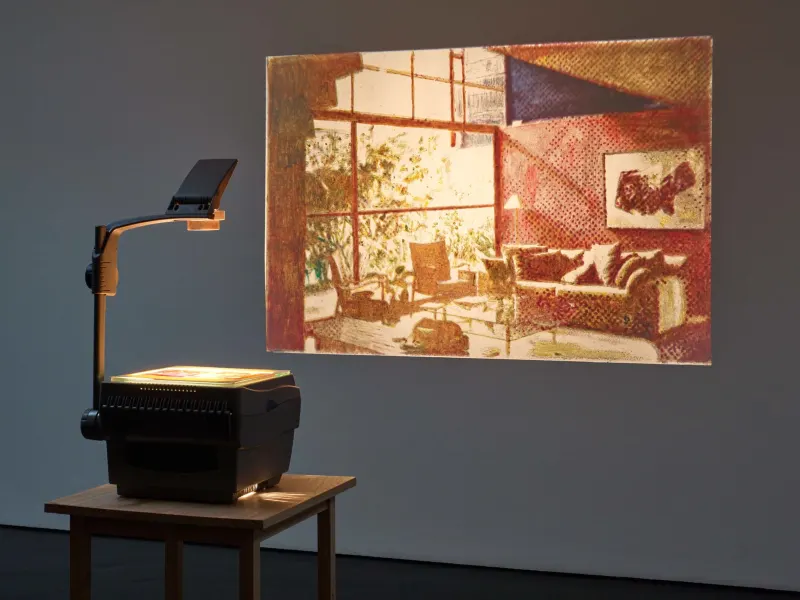Stephen Friedman Gallery is delighted to present the first UK solo exhibition by Venezuelan painter Juan Araujo, one of Latin America's foremost contemporary artists. The exhibition brings together a compelling body of new works inspired by the pioneering Brazilian architect Vilanova Artigas's iconic Baeta House in Sao Paulo. These paintings on canvas, wood, paper and glass emanate from Araujo's own photographs taken on site or images reproduced from books and illustrations. They invite the viewer to consider new representations of art and architecture and challenge our perception of the original.
As an essential figure in Brazilian Modernism, Artigas was lauded for a personal style based on Le Corbusier´s legacy and Frank Lloyd Wright´s organic architecture. By focusing on his Baeta House for this exhibition, Araujo explores the architect's style in conjunction with other diverse topics; Modernism in architecture, De Stijl´s colour synthesis, modern abstract painting and Romanticism's psychology of colour explored through Goethe's ‘Theory of Colours'. Promoting symmetric colour association and the importance of the physiological aspect of colour perception, Goethe's theory was instrumental in the choice of palette used in the Baeta House. This is the first building in Brazil to use colour as an architectural foundation and is vividly depicted in Araujo's ‘Casa Beata VI'. These varied philosophies and criticism fields which Latin America inherited from Europe are also highlighted here in ‘Color Sphere in Osma' and ‘Explanation of the image'.
This exhibition demonstrates the precise and committed way in which the artist conceives and executes his paintings by mediating between the building, the landscape and reproductions that inform one's experience of the original. Araujo reflects on associations and frictions between painting and architecture, two and three-dimensional representations and fiction and reality. These dualities are enhanced by a considered and varied installation; paintings hang directly on the wall, rest on table tops and shelves and, in the case of the ‘Fachada Casa Triangulo' series, are projected onto the walls.
Importantly, Araujo considers reproduction as both a transformation and a degeneration of an original work of art; a paradox that enables him to explore the misappropriation of Modernism in Latin America. The idealism of its unifying manifesto sits unrealised while iconic examples of its architecture remain visible, now inhabited by those who have taken advantage of the precarious economic and political circumstances of the twentieth century.
This meticulously crafted exhibition pays homage to and questions the architecture, presenting new interpretations and representations. The relationship Araujo establishes between these paintings and the Baeta House provide a new way to contemplate Artigas' architecture and Modernism in general.
Juan Araujo was born in Caracas, Venezuela in 1971 where he continues to live and work.
Since 1998 Araujo has been dedicated to artistic appropriations. He began by creating paintings which investigated the history of art by reproducing artists' work found in books, catalogues and online. From 2004 he has engaged with architectural subjects which exemplify Latin American Modernism, such as Oscar Niemeyer´s ‘Casa das Canoas' (1953) in Rio de Janeiro, Lina Bo Bardi´s ‘Casa de Vidro' (1951) in Sao Paulo, and the Luis Barragán house (1948) in Mexico City.
Araujo has exhibited internationally and widely throughout Latin America including solo presentations at Inhotim Center for Contemporary Art, Belo Horizonte (2013) and Centro Gallego de Arte Contemporánea, Santiago de Compostela, Spain (2008). His work has also featured in numerous group exhibitions and biennials including 'The insides are on the outside', curated by Hans-Ulrich Obrist, Casa de Vidrio, Sao Paulo (2013); the Aichi Triennial, Nagoya (2010), Museu de Arte Moderna de São Paulo, São Paulo (2009); the Sharjah Biennial, United Arab Emirates (2009); the Mercosul Biennial, Porto Alegre (2007); the São Paulo Biennial (2006); the San Diego Museum of Art (2005) and the American National Society, New York (2005).
His work is found in public collections including the Tate; Museum of Modern Art of New York; Jumex Collection, Mexico City; Inhotim Center for Contemporary Art, Belo Horizonte; Galería de Arte Nacional, Caracas; Museu de Arte Contemporáneo de Caracas; and the Centro Gallego de Arte Contemporánea, Santiago de Compostela, Spain.




